BE STILL…
In the right moment, in the perfect way,
I will be shown what to do;
I will be told what to say;
Until then I will love myself;
I will honor myself;
I will be still
(Iyana Vanzant)
Your Life’s Work
It’s already inside you….
In Dr. Wayne Dyer’s book 10 Secrets to Success & Inner Peace, I read “Second Secret: Don’t Die With Your Music Still in You” eagerly looking for some good suggestions or anecdotes. As a lover of music, I surmised this would be information I would understand suggesting one should let your voice sing the songs of your heart–let the music speak to and from your inner thoughts. I was more intrigued when he quickly spoke of
Khalil Gibran’s quote: “When you are born, your work is placed in your heart.”
That quote from the Lebanese-American poet, writer & philosopher Khalil Gibran is familiar to me because a friend had gifted the book, The Prophet, to me in the early 70s. Each time I read a part of that book, I feel emotions & challenges that stir my heart. I began to believe my dreams could come true and I would only need to let life move through me and ultimately I would become the person I wanted to be. I read and re-read the book and do still today because it gives me confirmation that I have been and am following the path of my heart, the emotional & intuitive side of my brain. The book lies on the table in my library–ready to pick up anytime and renew my spirit and find additional strength.
But let me warn you here, this is not a “one and done” approach to living your life. It takes multiple starts and restarts and more research and discovery. However, if you do not become active in your life, you’ll miss even the smallest reward. You will need to begin and adjust and re-assess. Living in peace is part of your life’s work. You have within you the strength and perseverance but you will need to apply your work your entire life. That’s why it’s called your life’s work.
Because I am a music lover, it’s easy to see why the words of Henry David Thoreau became my words to live by (I first read them in my senior year 1965).
“If a man does not keep pace with his companions, perhaps it is because he hears a different drummer. Let him step to the music he hears however measured or far away.”
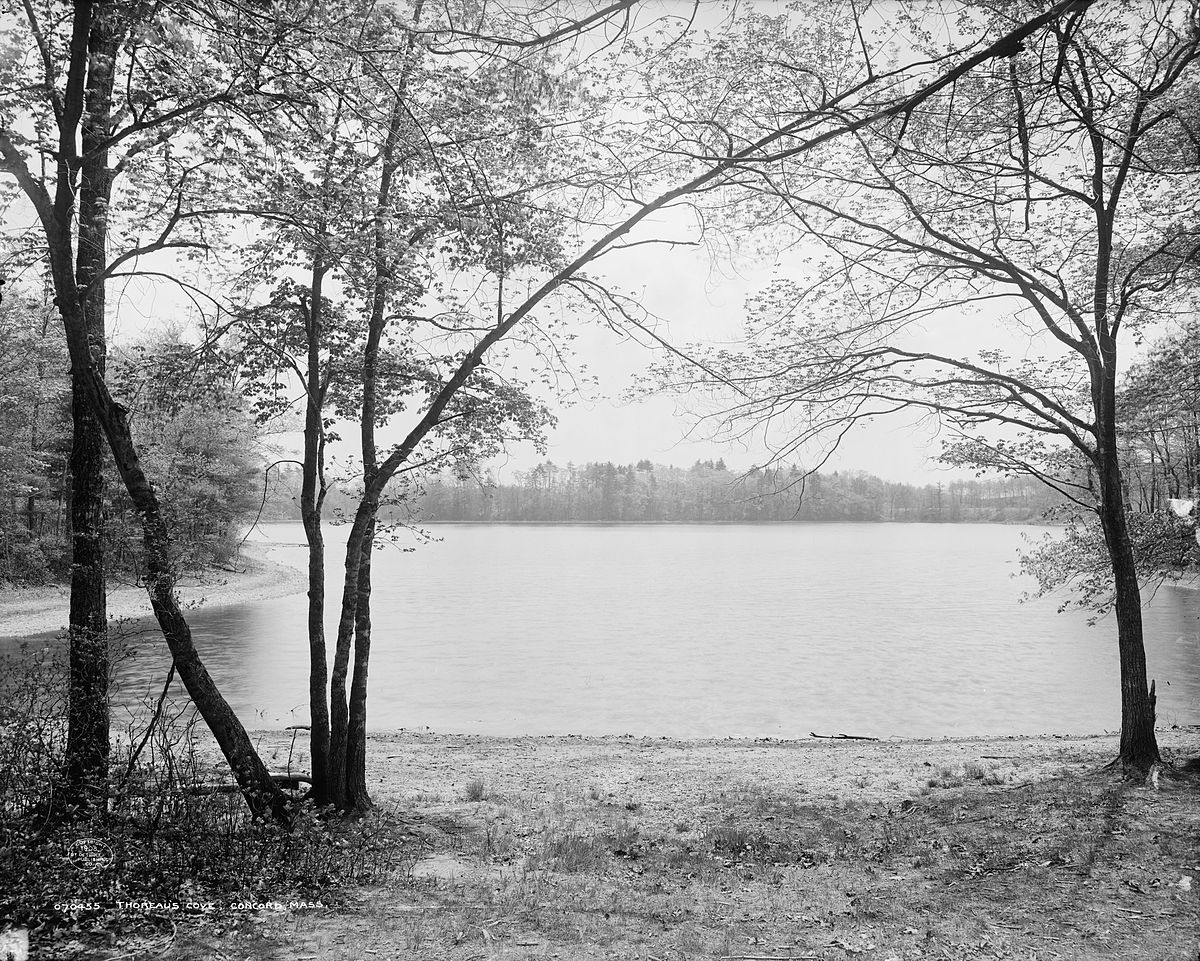
From the days of my teen years, I heard a different drummer. I could often be found reading and listening to music. I loved singing along to the radio, record player or in church. Predominantly I was listening to my parents’ music (later known as “The American Songbook”) not the new rock and roll. I believed I should saturate my heart with music, and it would emit from me to others.
There was an early turn in my thinking and the time I spent contemplating my life and future role in it. I read all kinds of books–adventure, history, mystery, biographies, literature. I spent my senior year reading The Bible through (I’d had a strong upbringing and training in the Word). I knew deep inside there were things I should decide upon and knew those things would begin my journey into adulthood. It was at this time I began to form my impressions, expressions and directions. I was choosing a road map for my life. I’ve never regretted the routes I’ve taken or detours forced upon me…it’s not all wonderful, but it is all important.
As Dr. Dyer said, we should listen to the quiet voice in our hearts–the center of our emotions. In reality the music was a part of my heart, part of my life’s work. I had the training and education to make a living with the skills I had developed. But there was always something more that spurred my passion resulting in my energy being stronger, more vivid–the sound that lived in me. I could find a certain peace when I melded my thoughts with the sounds of beautiful music. I learned I had the choice of making my life and my thoughts peaceful. I became enthusiastic about creating more calmness and purpose in those moments–I listened to the strings, horns, rhythm and words of music. But more than that, I let the music accompany my daily life choices. I let it set the pace. I let it move through my body and soak deeply into my soul.
Let me insert here about the word enthusiasm: it comes from the Greek word “entheos” which means the God within and “iasm” which is the passion you feel inside. Those are the brain messages directing you to a certain path. That is where you find your life’s work–inside you.
Rudyard Kipling says: “If you can meet triumph & disaster and treat those two impostors the same…yours is the earth and everything within it.”
This encourages me to be compassionate about what my thoughts are and how I need to be heartfelt in my direction. Only then can I proudly and without hesitation claim my own music.
Music is more than the notes set to tune and timing.
Music is more encompassing than just the notes put into sound.
Music is the pace you keep as you step through life’s highways.
Music is part of the foundation upon which I’ve built my life’s thoughts. I have allowed it into the decision-making portion of my brain where I am able to select the true and passionate choices for life.
In my 20s I was making adult decisions–marriage, children, life’s work–and it was then I knew I had different goals than many of my friends. And early in my adult life I would make a decision that would lead me into the direct path of a life changed. I know what Gibran means when he says your life’s work is inside you–constantly honing and changing.
It is extremely important to know the things that bring peace to us; we need to seek those things. We must be true to ourselves and carry our commitment forward to all whose lives we touch. That truth must first ring in harmony for us or we cannot represent peace and harmony if our notes are not in tune.
To say you should not die with the music still in you is to remind us that unattended, the things of the heart may wither and die. Seek that note which represents your emotions then let it resound to all around you. Soak in all the peace you can find; let it grow inside you and reach out to others; let it reverberate back to you with even more harmonies; only then can we give all we have to give living our purpose and singing our music all our days.
Never let the last thoughts of your life be “what if I had but “I did.”
Listen here to: “If” – A song by Six Elements – https://youtu.be/yNaNKwGVkh0
If
Poem by Rudyard Kipling
If you can keep your head when all about you
Are losing theirs and blaming it on you;
If you can trust yourself when all men doubt you,
But make allowance for their doubting too:
If you can wait and not be tired by waiting,
Or, being lied about, don’t deal in lies,
Or being hated don’t give way to hating,
And yet don’t look too good, nor talk too wise;
If you can dream- -and not make dreams your master;
If you can think- -and not make thoughts your aim,
If you can meet with Triumph and Disaster
And treat those two impostors just the same:.
If you can bear to hear the truth you’ve spoken
Twisted by knaves to make a trap for fools,
Or watch the things you gave your life to, broken,
And stoop and build’em up with worn-out tools;
If you can make one heap of all your winnings
And risk it on one turn of pitch-and-toss,
And lose, and start again at your beginnings,
And never breathe a word about your loss:
If you can force your heart and nerve and sinew
To serve your turn long after they are gone,
And so hold on when there is nothing in you
Except the Will which says to them: ‘Hold on! ‘
If you can talk with crowds and keep your virtue,
Or walk with Kings- -nor lose the common touch,
If neither foes nor loving friends can hurt you,
If all men count with you, but none too much:
If you can fill the unforgiving minute
With sixty seconds’ worth of distance run,
Yours is the Earth and everything that’s in it,
And- -which is more- -you’ll be a Man, my son!
(1895)
Dr. Wayne Dyer. 10 Secrets for Success and Inner Peace. Hay House Inc., 2001 Gibran, Khalil. The Prophet. 1923. Translated into more than 20 languages. Thoreau, Henry David. "Walden," Chapter 18, 1966; originally published 1854. Kipling, Rudyard. Poem "If", written 1895 (poet lived from 1865-1936).
Stronger Together
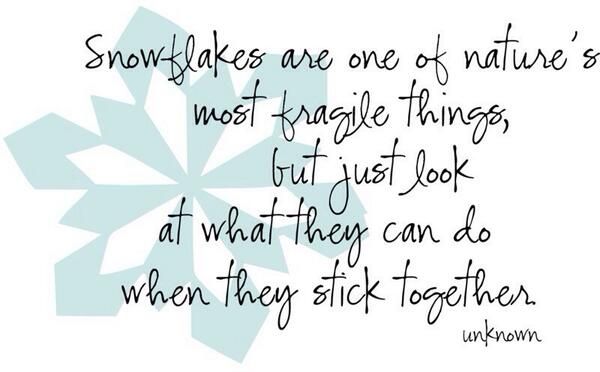
This has become a common expression in the last few months during the covid-19 pandemic. It’s an encouraging thought and should encourage us in the adjustments we are making to our lives. But it’s a bit sad to think we did not move to this position on our own just because it is the human thing to do. Multiple companies have amended their advertising to incorporate this gentle nature and to do less “selling” and a lot more “encouraging.”
If any of you are reading this post for the first time, you will gather from my blog page that I love to travel and attend concerts of just about any kind of music. You’ll find here some of the places I’ve recently traveled along with photos of my “miles of memories.” 
For those of us who are given to wanderlust, it just must be that sometime, in the future, we can get our maps or set our GPS, pack in the food and travel books, and hit the road again. I’m not sure when that will be a safe thing to do, but I do want you to know…we are in this together. We are STRONGER TOGETHER.
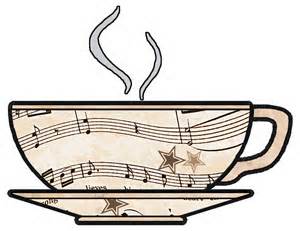 Travel with me on some
Travel with me on some
New Journeys on Old Roads
Music Is My Other Language
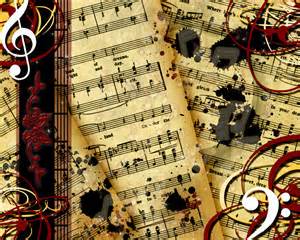 “Music was my refuge. I could crawl into the space between the notes and curl my back to loneliness.”―
“Music was my refuge. I could crawl into the space between the notes and curl my back to loneliness.”―
I know how that feels. When you don’t know why you are in physical pain, sometimes you have to dig deep inside your soul searching for solutions or just some method with which to cope. When we are dancing on the mountain tops, it’s easy to know what those feelings are. But when we are in the dirt of the fields or the slosh of rain, it may be harder to define. Sometimes what grows in those places are the absolute sounds of life and death—whether in the songs of hard-working people or the small pensive voice of a child. And what emerges out of pain and joy is MUSIC—haunting or joyful; loud or soft; simple or complex. It can tell a story or carry you away on a note you’ll swear is part of Heaven’s angel choir.
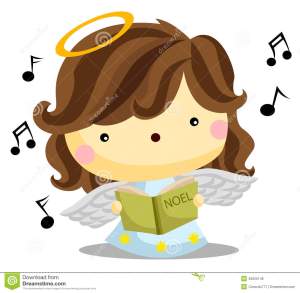
I’ve heard some people don’t know about music. How is that possible? How can people not be able to sing? How can a human live in the world for even a short time and not hear the thousands of songs of the birds, the mating calls of the animals or the psithurism in the air. [1] For me, music is felt not just heard. Deep in the soul the notes make a sound that runs through my body.
Music is communication∼
A means of reaching deep into our inner beings∼
Healing us when we’re sick∼
Energizing us when we’re down∼
Uplifting our spirits∼
Wiping away our tears∼
Filling us with laughter∼
Music is inspiration∼
In a study about the effects of music on pain, I can confirm there is a correlation.
5 Ways Music Makes You Happy©
The idea that music can help alleviate pain is not surprising, since the right music can “soothe the soul.” Recently, researchers set out to investigate the effects of music on pain and depression in people diagnosed with fibromyalgia, a disorder distinguished by severe musculoskeletal pain, followed by fatigue, sleep and memory and mood issues. (The Alternative Daily©) [2]
The study regarding those diagnosed with FMS is very personal to me. I live with that diagnosis and daily seek methods to ease the overall pain and the effects of fatigue and sleep interruptions. It took years before a doctor finally gave me the information that could provide me some answers. You don’t get over it but you can work within it.
Without even knowing why, years ago I discovered that listening to music made me happier and more serene. Music plays constantly in my head—a hum often turns into singing words—a phrase or entire songs. I just have to sing them—it’s like I have no choice.
Music has always been a part of my life. I grew up in a home full of music…all kinds.
My mother sang in a gospel church group. 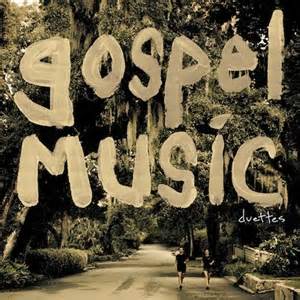
My father loved cowboy & western music. 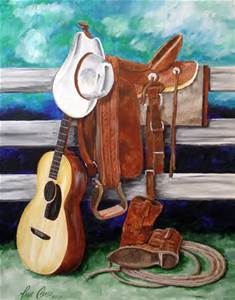
They both loved Big Band Music. 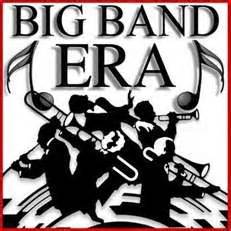
My mother was also a huge Frank Sinatra fan as well as the other “crooners” of that era. We listened to songs of the 30s, 40s, 50s as well as classical music. We heard those who sang what is called “The American Songbook” (defined as songs from the 20s to the 50s) backed by some of the best orchestras of our time–Glenn Miller, Bob Crosby, Ozzie Nelson, Les Brown, Guy Lombardi, Lawrence Welk, The Dorsey Brothers, Artie Shaw and more.
Some of my best arias were heard as I pumped the swing higher and higher for hours singing many songs I knew and some I just made up. It seemed like it took my sister all day to return from school so we could play—I wiled away the hours singing.
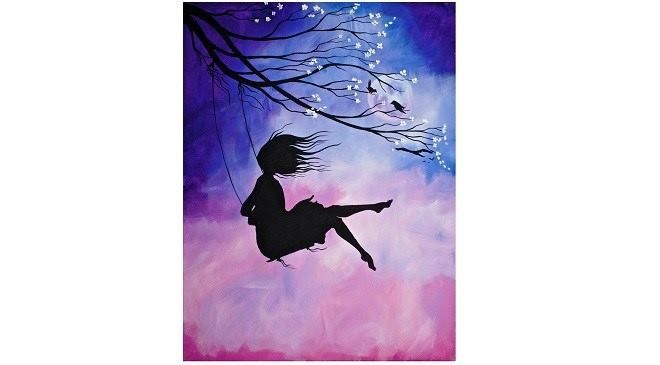
My favorite one to sing was “I’ll Sail My Ship Alone” (1948) by Moon Mullican (click link)
I had been singing in church since I was a little girl. The first chance to enroll in choir came in 4th grade, and I was delighted! As my voice developed I worked with the choir master learning harmonies and adding to my repertoire . A few years later I began singing with a teenage trio who traveled to churches around the geographic region. Singing was not only my hobby, my pleasure, my gift…I found it made me happy to sing. If the song was more sad or one with deep meaning, I discovered I could deliver that message to the audience as well.
And the music around my home never stopped. It was the early 1950s and my sister and I listened to all the music available on radio. We were so lucky to have many 78 rpm records later adding some 45s purchased from our pooled allowances. And then there were the 33 1/3 vinyls.
I must interject this: Did anyone else ever subscribe to the Colombia Record Club where they sent you a 33 1/3 vinyl record each month for a penny? Well, we did and learned if you didn’t reply to “do not want this month’s record,” you’d get it anyway. We kinda dreaded those days our daddy would come home with mail that was the size of a medium pizza box. That meant we were going to have to pay full price for the record because our “cancel this month’s order card” did not reach the company within the cancellation time. What a huge promotional moneymaker.
The music in the first half of the ’50s was the light-hearted lyrics reflecting the Post WWII Era. Some of the singers hitting the charts had been singing since the 30s & 40s, such as the Ink Spots, Ella Fitzgerald and Bing Crosby. Joining those were new voices singing new tempos, lyrics and beats. A few were: The Crew Cuts, Guy Mitchell, Gale Storm, Four Lads, Dean Martin, Joni James, The Platters, Gogi Grant, Patti Paige, Dinah Shore, Rosemary Clooney, and Perry Como—and all considered “parent friendly.”
.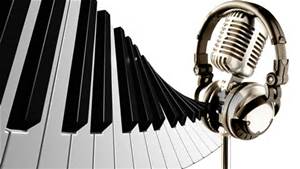
Some songs of the early 50s that would later be called “country” were immersed into the pop radio stations as well. There were the great story songs from Johnny Cash, Marty Robbins, Conway Twitty, The Browns, Ernest Tubb, Hank Williams, Johnny Horton, and Eddy Arnold.
By the mid 50s, however, the sounds were changing as younger performers were trying to grab up the expanding youth market appealing directly to young people with money of their own to spend. Yet, all that “white American complacency” could not hold back the vitality of Black R&B music, so a whole new sound emerged—Rock and Roll.
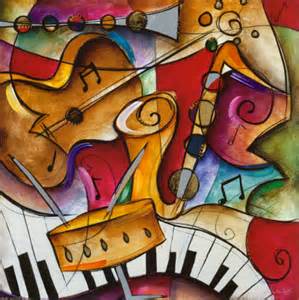
In the South, where Country and Western had ruled the charts, Sam Phillips (Rock and Roll Hall of Fame inductee, 1986) opened the Memphis Recording Service – the first place a black musician could go to record. Phillips’ motto was “We Record Anything, Anywhere, Anytime.” [2]
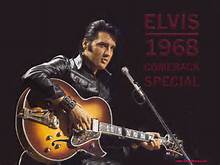
Cracks in the dam broke loose during the summer of 1953 when Elvis Presley came to the Memphis Recording Service to make a record, ostensibly for his mother’s birthday, but with hope of being discovered. In this initial session Elvis recorded “My Happiness” and “That’s When Your Heartaches Begin.”[2]
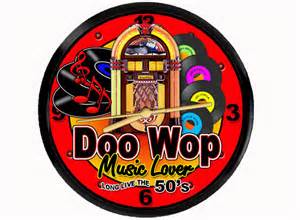 Soon the youth declared Mom & Dad’s music wasn’t “cool, Daddy O.”
Soon the youth declared Mom & Dad’s music wasn’t “cool, Daddy O.”
Another movement in musical style was when the airways of the 50s became filled with harmonies of new groups capitalizing on those smooth sounding groups of the 30s & 40s. The listener now could sing along high or low or in between. The great harmonies were a favorite of mine. I had heard music all my life that moves along closely above, below and between the standard note.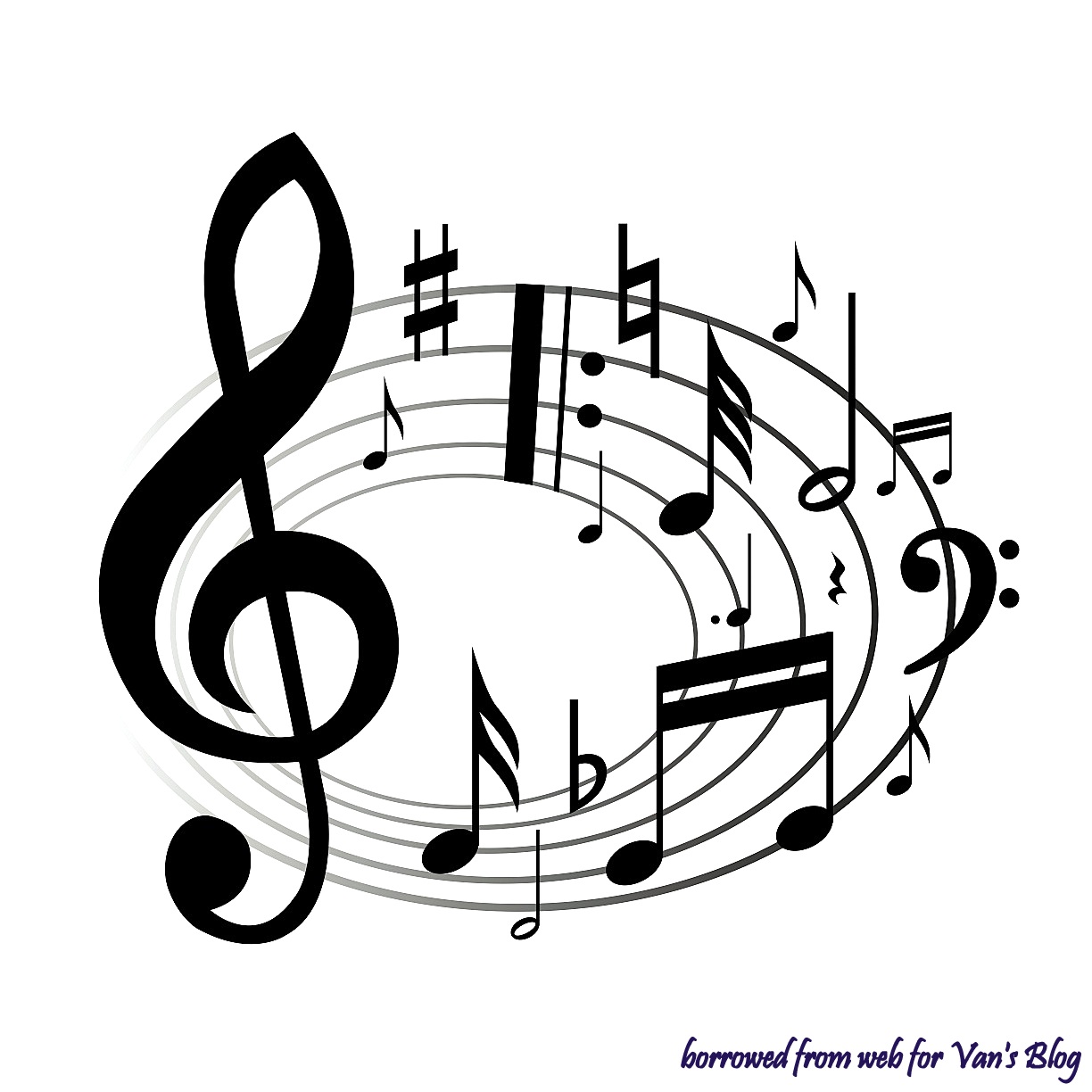
It would be when I was away from home visiting friends that I first began listening to the Rock ‘n Roll of the 50s & 60s–Elvis, The Everly Brothers, Buddy Holly, Jackie Wilson, Bobby Rydell, Jimmy Clanton, Bobby Darrin, The Diamonds on my friend’s portable record player. Soon my sister & I would purchase the 45 rpm records (and the insert to play on a standard spindle). Some of those music makers came and went; others with true talents moved through the decades such as Paul Anka, Bobby Vinton, Elvis, B. J. Thomas, the Platters.
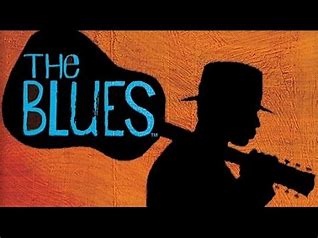 Because black R&B groups now had the privilege of being played on radios and appearing on Dick Clark’s Bandstand, more and more performers echoed our thoughts. The likes of Chubby Checkers, Ronettes, Supremes, Coasters, Sam Cooke, Shirelles, Chuck Berry, Hank Ballard, Otis Redding were among those who gave us music to which we could move, dance and sing along. It was the beat…always about the beat…pulsating and destroying the old safety nets with a virile, passionate new sound. Kitschy as the words may be, we enjoyed singing lyrics like “take out the papers and the trash,” “like a long neck goose” “He’s a clown that Charley Brown” or “Shimmy, Shimmy, Ko Ko Bop.”
Because black R&B groups now had the privilege of being played on radios and appearing on Dick Clark’s Bandstand, more and more performers echoed our thoughts. The likes of Chubby Checkers, Ronettes, Supremes, Coasters, Sam Cooke, Shirelles, Chuck Berry, Hank Ballard, Otis Redding were among those who gave us music to which we could move, dance and sing along. It was the beat…always about the beat…pulsating and destroying the old safety nets with a virile, passionate new sound. Kitschy as the words may be, we enjoyed singing lyrics like “take out the papers and the trash,” “like a long neck goose” “He’s a clown that Charley Brown” or “Shimmy, Shimmy, Ko Ko Bop.”
If you want to revisit the 50s, here is a great link to that era:
https://rateyourmusic.com/list/QuartzM386/_1950s__billboards_top_100_songs_of_the_fifties_/
In the early 60s, I was enthralled with the music and chance to dance & sway to it. In my Texas school, every Friday night we kicked off our black flats and penny loafers so as to not scratch the gym floor and danced the night away (you wanted to make sure your socks were fashionable & clean). There was a song just for this phenomenon: Danny & the Juniors released “At the Hop” in 1957. But it was a more romantic song that closed every Friday’s Last Dance–Johnny Mathis’ “Chances Are.” I fell in love every Friday night to that song.
Close your eyes and let’s go back to the sock hop
By the mid 60s music was changing forever because of the social battles and protests from people my age. The turmoil came to us daily in the headlines and from our televisions. It wasn’t long before I began to listen to the pop songs that would lead us through one of the most challenging & controversial decades—my coming of age decade.
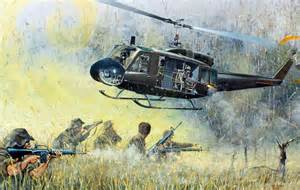
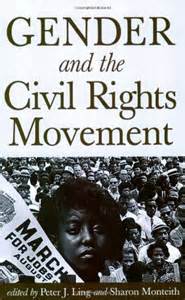
Lyrics became arrows shot toward enemies–perceived enemies–who may never have been so in another time and place. Death and hate filled our newspapers and our television sets. The world changed our minds, our country and seemed the music would be forever dissonant. While I always knew music was important to me and those around me, I began to realize it was a manner of speaking desires, expressing your emotions, protesting events, resulting in a manner in which what we do with music often becomes a part of who we are and who we become.
5 Ways Music Makes You Happy© further states:
What is really telling about this research is that we’re built to identify with the music and the songs we listen to — whether uplifting or sad. Music is extremely influential. So it stands to reason that through positive music, you can create a happier and more fulfilling life. (The Alternative Daily©) [2]
Can it be argued that music is a picture of who we are with our good feelings and positive sentiments contrasting with how we express our ill will and hate? Some say it has become that in this 21st century. Because music is such a blessing to me and so important to my well being, I just choose to listen to what makes me serene or contemplative. That was true in the 60s 70s 80s 90s and still today. I trend more to the melodic or less violent lyrics or even the softer instrumental arrangements. I’m fully aware music expresses the story of love, the story of struggle, the hopes and dreams, and the joy of living. I don’t need words of hate and distress in my life, so I choose to let the notes float to me on waves of beauty.
![BjaoQTTCQAAH4Fb[1]](https://vthessdotcom.files.wordpress.com/2014/03/bjaoqttcqaah4fb1.jpg)
When I study the paths my life has taken, I don’t regret but hopefully learn there are some things that should remain. Music is one of the essentials which should remain in my life. When a note, be it an instrument or the human voice is formed, it should be used for the good of ourselves or others.
Through it all there was the gospel and religious music. I learned those notes and words listening to my mother practice in church. I sang along with my daddy to the radio while we traveled in his truck. I sang along with my grandmother while she played the piano, and she taught me the harmony notes. My sister and I both lent our voices to our churches for years.
And this is why:
When was the first time I sang? My family tells me it was long before I could pronounce the words. But it didn’t stop there! Soon I began dancing to the music that we would play on our record player (Dinah Shore’s Button & Bows was one of my routines). I never was afraid of being in front of people, so singing to audiences was a normal part of my life. I’m not sure if such confidence was a part of my personality or simply part of wanting to hear & sing all the music I could find. And I still do!

Learning is one of my favorite hobbies. So that means if I hear some music I enjoy, I must research it and discover who wrote it, who performed it, what year it was introduced, etc. In the midst of that research, I find other music and musicians and introduce them into my music library thus making it a living/changing tribute.
In these years of electronic advancement, I’m delighted for programs such as Pandora so I don’t have to carry around CDs, casettes or 8-tracks. I just plug in my phone and let the notes lead me down the road.
Join me here again for
New Journeys on
Old Roads
[1] Definition: psithurism (sith-err-iz-um). (rustling whispers
of the trees on a windy day). We can’t see wind, only the things
it moves. Likewise, we can’t hear wind unless it’s flowing past
something that makes it vibrate; this causes it to adopt
various sonic guises depending on what it interacts with.
[2] https://www.thealternativedaily.com/5-ways-music-makes-you-happy/ 5 Ways Music Makes You Happy ©The Alternative Daily 2019
[3] Copyright 1996-2020. Michael Rich. All rights reserved.
WWW.FIFTIESWEB.COM is a creation of RichWeb and is not endorsed or
sponsored by or affiliated with any of the products, services,
programs, celebrities or entities mentioned herein
[4]https://www.nme.com/list/100-best-songs-of-the-1950s-1155
New Journey … on New Roads

I most often take you down New Journeys on Old Roads, but in April, you can ride with me along some New Roads I’ve never traveled. We can stop and dip our toe in the Atlantic along Florida’s beaches, breathe in the salty magic of the ocean, ponder the history of the struggles of a people, and feed our soul on the blues music of the Deep South. We’ll drive Atlantic Ocean’s 1-A1 Route viewing Florida’s coastal lighthouses. We’ll visit the sprawling Naval Station Norfolk, largest naval station in the world. At the halfway point of the tour, we’ll enter the southern portion of the 2,000 miles of the Appalachian & Allegheny Mountains. Before I bring you back home, we’ll visit FAME Recording Studio in Muscle Shoals AL and see some musical collections in Memphis. But don’t worry…after I drive you out of the Deep South, we’ll celebrate more music in the dazzling and magical Ozark Mountains before we turn south to the Red River and back to TX.
Magical Musical Historical Tour
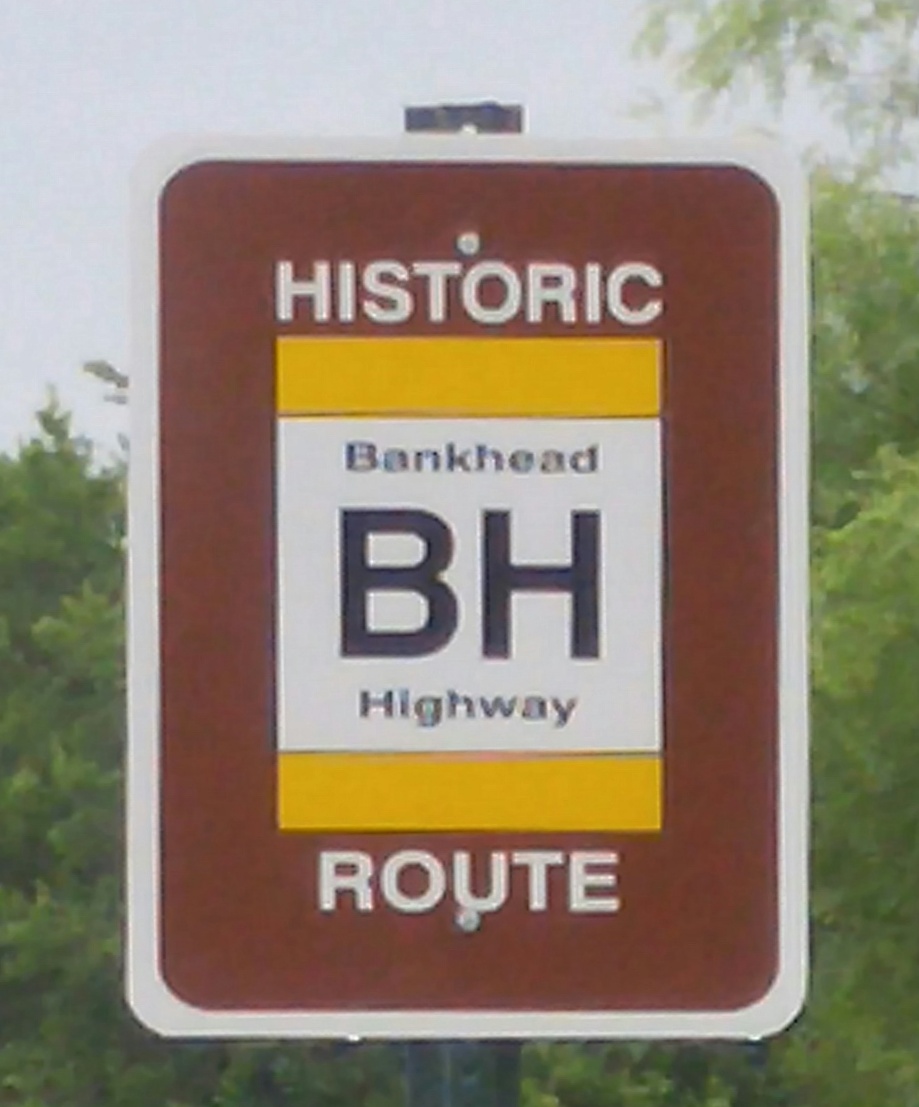
Beginning on the Historic Bankhead Highway Route, we’ll leave North TX along I-20 into the East Texas Forests, through Caddo Parish, LA along Highway 80 to the Bossier Strip casinos.
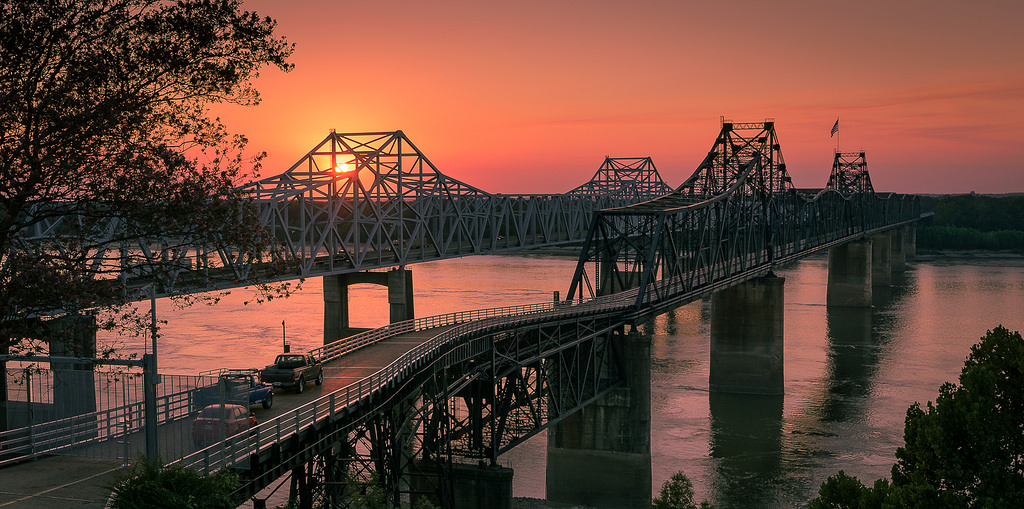
We’ll cross the Mississippi River in Vicksburg MS where the river boats roll, and we’ll imagine the captain might be Mark Twain.
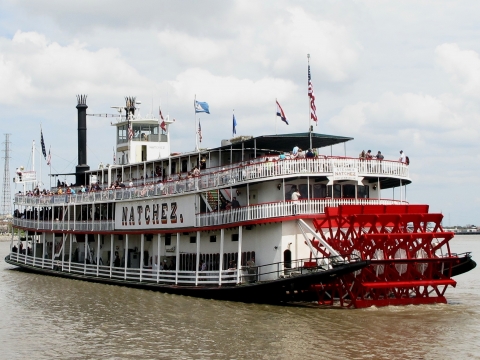
Just south of Vicksburg is Natchez, MS. The historic Natchez Trace Parkway is a forest trail extending roughly 440 miles from Nashville, Tennessee, to Natchez, Mississippi, linking the Cumberland (in TN) and Mississippi Rivers.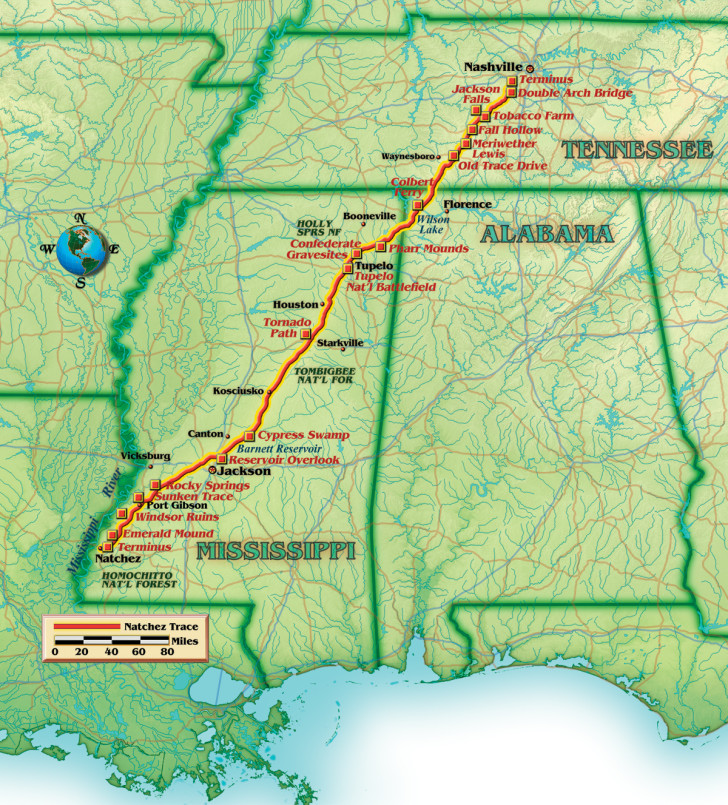
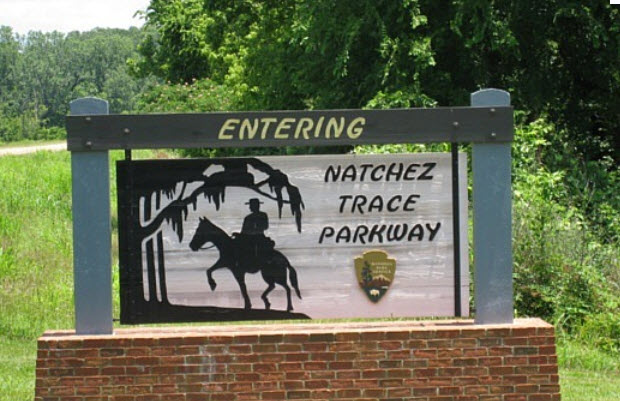 At the point where we pull onto the Trace, you’ll need to be ready to pause & reflect upon one of the harshest exercises of US laws—the Indian Removal Act of 1830. By 1838, over 100,000 Native Americans Cherokee, Creek, Choctaw, Chickasaw, and Seminole were forcibly relocated from the rich fertile soil of their ancestral homes in the South to a newly cleared desolate dirt land called “Indian Territory” (present day OK). This “herding” has been called the “Trail of Tears”; more than 15,000 died on the trail.
At the point where we pull onto the Trace, you’ll need to be ready to pause & reflect upon one of the harshest exercises of US laws—the Indian Removal Act of 1830. By 1838, over 100,000 Native Americans Cherokee, Creek, Choctaw, Chickasaw, and Seminole were forcibly relocated from the rich fertile soil of their ancestral homes in the South to a newly cleared desolate dirt land called “Indian Territory” (present day OK). This “herding” has been called the “Trail of Tears”; more than 15,000 died on the trail.
At the Forks of the Road intersection in Natchez, in the decades before the Civil War, this marketplace was where enslaved Africans were brought from southern plantations to be bought & sold. For this reason, The Trace is sometimes referred to as the “Slavery Trail of Tears.” After arriving in the southern part of the Trace, slaves were marched to the Mississippi River to be placed on barges for delivery to owners. The 13th Amendment ended slavery in the US 1865.
I can’t be only a history seeker—I must feed my other passion—MUSIC
The most prominent highway in blues lore was U.S. Highway 61. With the advancement of the automobile & national highway system in the 20s & 30s, the blues, jazz & spirituals by African Americans singing about the riverboats, trains & railroads expanded its audience. The sound, too long trapped in the Deep South, moved along this same trail as other historical migrations. From the Birthplace of the Blues in New Orleans, moving northward through Memphis, St. Louis and eventually to St. Paul changing music for centuries to come.

About 3 hours later, we’ll pull into Selma Alabama, the location of another type of cultural crisis occurring in the 20th century playing out in an ugly horrific scene on March 7, 1965. Known as “Bloody Sunday,” African-Americans seeking voting rights crossed Edmund Pettus Bridge to walk to the capitol in Montgomery. They were met by law enforcement on foot and horseback blocking the way off the bridge; many were beaten including now-congressman John Lewis. By March 21st, accompanied by the Alabama National Guard under federal command, the march was peacefully completed once again led by John Lewis and joined by Martin Luther King Jr., Coretta Scott King and Andrew Young. In August 1965 President Lyndon B. Johnson signed into law the Civil Rights Voting Act.
The next stop on this Magical Musical Historical Tour is St. Augustine FL. I’ve never traveled to FL so I picked this scenic city with a rich history.
Founded in 1565 by Spanish explorers, St. Augustine is the oldest continuously inhabited European-established settlement within the borders of the continental United States. Its prominence and location made it ripe for trade & settlement but also a target for invaders and pirates. The territory suffered through multiple turmoil during its history including marauding European Empires’ explorers, the Civil War Confederacy, the Civil Rights Violence, and persistent developers trying to quickly buy it up as the “winter haven” for the northern rich.
St. Augustine Lighthouse
The scenic drive along the Southeastern Coast’s A-1A features numerous lighthouses–a landmark I try to visit in all my travels.
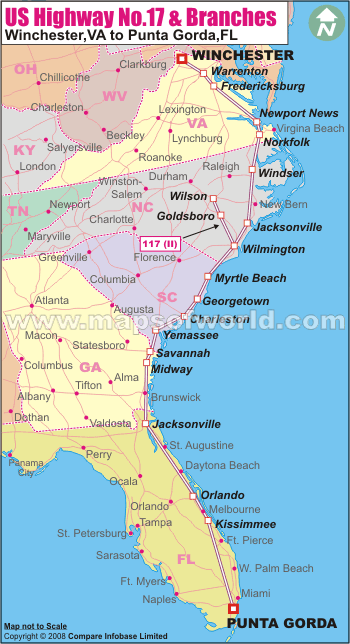
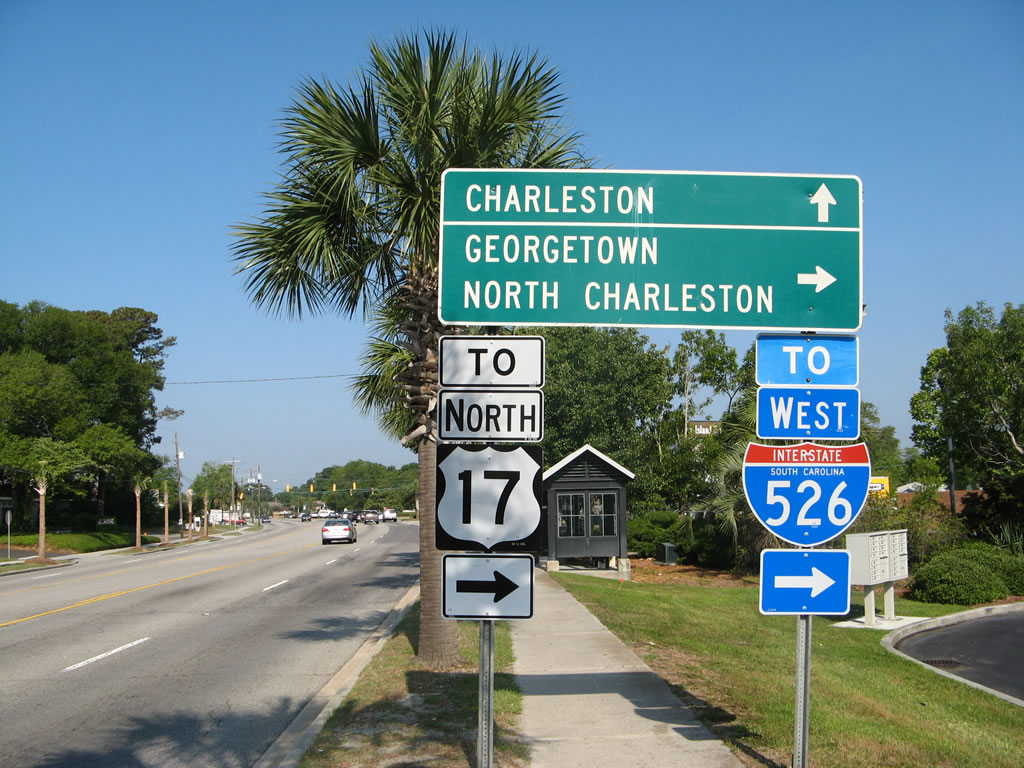
When we leave St. Augustine by way of US Highway 17, I’ll do my best to not get lost as we cross rivers, inlets and bays tracking along the shore for most of its 1,000 miles parallel to I-95 from Punta Gorda, Florida to Winchester, Virginia. We’ll cover some 665 miles through places which are little more than a small country road, while in others it’s a main thoroughfare. I’ve identified some 15 bridges along the way…and may I say crossing bridges is a “challenge” for me!
We’ll visit the sprawling Naval Station, the largest Navy station in the world, supporting 75 ships & 134 aircraft alongside – 14 piers and 11 aircraft hangars housing the largest concentration of US Navy forces. The air operations conduct nearly 300 flights a day on average totaling over 100,000 arrivals/departures each year.

110715-N-QY430-162 NORFOLK (July 15, 2011) The aircraft carrier USS Enterprise (CVN 65) arrives at Naval Station Norfolk, Va., after a six-month deployment to the U.S. 5th and 6th Fleet areas of responsibility. (U.S. Navy photo by Mass Communication Specialist 2nd Class Rafael Martie/Released) [used from Navy Times public photos]
 Family Time – where life begins and love never ends
Family Time – where life begins and love never ends
(unknown author but I’ve decided to make it mine!)
I’m spending some time with my new great granddaughter. She’s a big part of this journey–pretty good reason.
After a while, we’ll say our goodbyes and I’ll begin a NW route where we’ll encounter the Appalachian Mountains, the Shenandoah River and into the Monongahela National Forest. The Forest comprises 1/3 of the Allegheny Mountains, and, as such, part of the Appalachian Range forming the Eastern Continental Divide.
Family Time – where life begins and love never ends
In Elkins I’ll visit with my son & daughter-in-law who live on a piece of beautiful property backed up to the Monongahela National Forest with their horses & cats. Some TX sized stories will be shared and then I’ll load up for the SW run to TN.
The city of Knoxville is one of the gateways to the Great Smokey Mountain National Park, its location at the confluence of three major rivers in the Tennessee Valley brought flat boat and steamboat traffic creating one of the South Eastern’s merchandising areas. Between the ridge-valley of the Appalachian Mountains and Cumberland Plateau, Chattanooga is called the “Scenic City.”
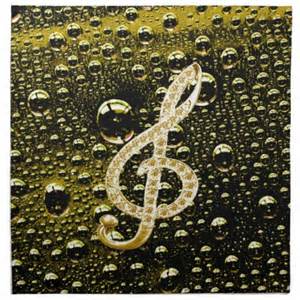 …a musical note here…city made famous in the 1941 song “Chattanooga Choo Choo” by Glenn Miller. (if you don’t know or just want to hear again, here’s the song).
…a musical note here…city made famous in the 1941 song “Chattanooga Choo Choo” by Glenn Miller. (if you don’t know or just want to hear again, here’s the song).
What is THE MUSCLE SHOALS SOUND?
It won’t surprise you that my Magical Musical Historical Tour calls for a detour here in Northern AL. It has been said of this lonely-looking building there is a quiet magic in the air. There are tours of this iconic studio so I’m going to experience the magic! 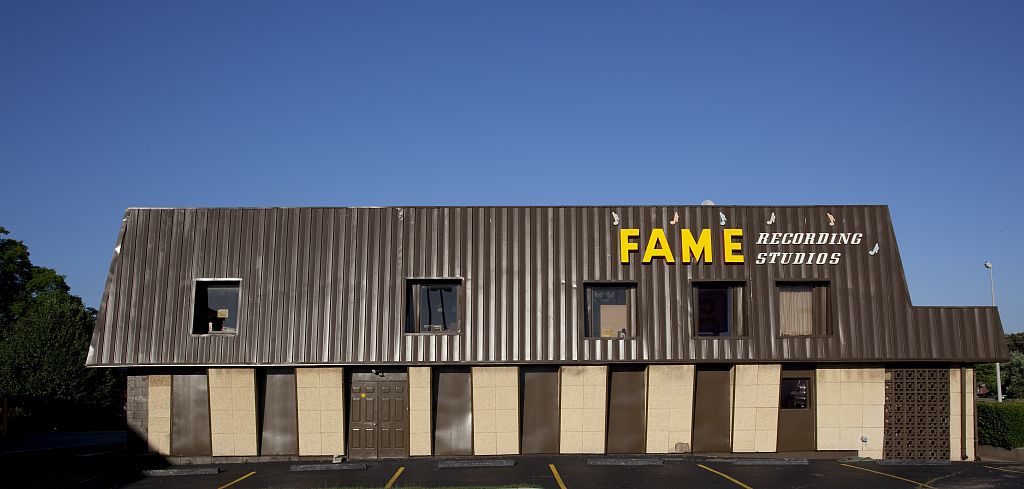
Artists from the Deep South and some from outside the South gathered with the local musicians to create their own sound at FAME (Florence Alabama Music Enterprise).
Detroit rocker Bob Seger’s signature song — “Old Time Rock ‘n’ Roll” — began as a demo tape at the Muscle Shoals Sound Studio. An engineer’s mistake gave the song its distinctive da-da-da intro. Seger liked the sound and kept it in the final song.
Over the years, some of the artists who recorded at Muscle Shoals Sound Studio included The Rolling Stones, Aretha Franklin, Wilson Pickett, Lynyrd Skynyrd, Joe Cocker, Levon Helm, Paul Simon, Bob Seger, Rod Stewart, Cat Stevens, Elton John, Boz Scaggs, Willie Nelson, Bob Dylan, Dr. Hook, Julian Lennon, Oak Ridge Boys, Cher, Alman Brothers, and Glenn Frey
I could talk music all day, but I’ll leave you with a couple sites you can visit for more details.
http://muscleshoalssmalltownbigsound.com/
https://www.npr.org/2003/09/20/1437161/the-legendary-muscle-shoals-sound
Bet I’ll be singing some of those great songs recorded at FAME as I turn NW out of AL headed to a sundown in one of the most beautiful river towns in the Deep South, defined as a region stretching from Memphis TN in the north to Vicksburg MS in the south and from Helena AR in the west to the Yazoo River in the east. I’ll be entering the city on part of the Blues Highway 51 that carries the name of the undisputed King of Rock ‘n Roll Elvis Presley Blvd. Highway 51, a north/south terminus, runs parallel with Highway 61 visited in the beginning of this tour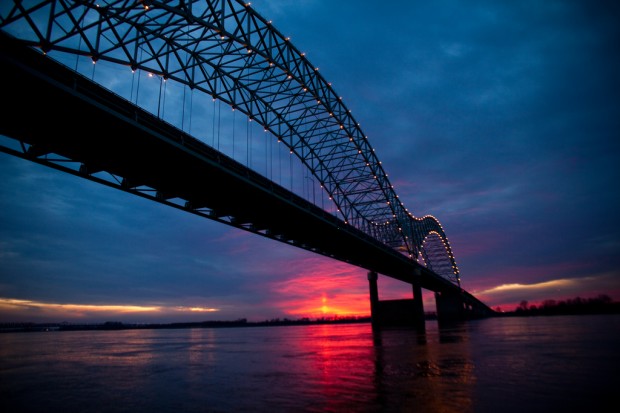
There is no other thing that captures my mind and soul like music. That’s why I keep coming back to revisit the “never-since-replicated” music of the 50s & 60s. Not only is it part of my “coming of age” timeline, but these songs form the base of my musical interests. You’ll remember we began this Magical Musical Historical Tour on the Mississippi & Blues Highway 61. We now come back to visit more of the sounds of the Delta.
These lyrics will set the tone for the places I’ll walk:
https://www.bing.com/search?q=walking+in+memphis+video&PC=U316&FORM=CHROMN
Scholars disagree as to whether there is a substantial musicological difference between blues that originated in the Mississippi Delta and blues from other parts of the country. They note the defining characteristics of Delta blues are instrumentation and an emphasis on rhythm; the songs are typically expressed in the first person and often concern love, sex, traveling, lifestyle, life’s tribulations, sin, salvation and death.
The list of musicians who got their start in Memphis reads like a Who’s Who of music royalty. Led by “the King” you can add Johnny Cash, Carl Perkins, Roy Orbison, Booker T & the MGs, Otis Redding, Isaac Hayes, Al Green, Percy Sledge, Sam & Dave and B.B. King.
There are so many landmarks to visit, I’ll just mention a few:
- Beale Street (national historical landmark);
- Sam Phillips’ Sun Studio;
- Stax Records (soul sound grittier than Motown);
- Graceland;
- Heartbreak Hotel;
I’m taking a tour of the Rock & Soul Museum; here is their site for details. You may want to make the museum part of your next trip.
https://www.memphisrocknsoul.org/exhibits
 While lost in my thoughts and the tunes of blues, I must not forget Memphis is home to Tennessee’s largest African-American population and played a prominent role in the American Civil Rights Movement. The city on the Mississippi was the site of Dr. Martin Luther King, Jr’s assassination at the Loraine Motel. The city hosts the National Civil Rights Museum, a Smithsonian affiliate institution. There is also an outside museum at the Loraine Motel.
While lost in my thoughts and the tunes of blues, I must not forget Memphis is home to Tennessee’s largest African-American population and played a prominent role in the American Civil Rights Movement. The city on the Mississippi was the site of Dr. Martin Luther King, Jr’s assassination at the Loraine Motel. The city hosts the National Civil Rights Museum, a Smithsonian affiliate institution. There is also an outside museum at the Loraine Motel.
I’ll make my final crossing over the Mississippi as I leave out of Memphis, taking a NW road through the Mark Twain National Forest on Highway 60. That day’s journey will bring me to Branson MO.
It’s been called a “Nashville in the Ozarks” first developed in the 1960s, the theaters of Branson abound with various musical shows, revues & good food on the lake. Theaters bear the names of heavy weights in the industry: Andy Williams Moon River, Glen Campbell Goodtime, Roy Clark, Oak Ridge Boys, Wayne Newton, Ray Stevens, Mel Tillis, Osmond Brothers, Lawrence Welk Orchestra, and Bobby Vinton Blue Velvet.
No matter how I love the music, nothing can surpass the allure of the mist on the Ozark Mountains. I forever hear your song!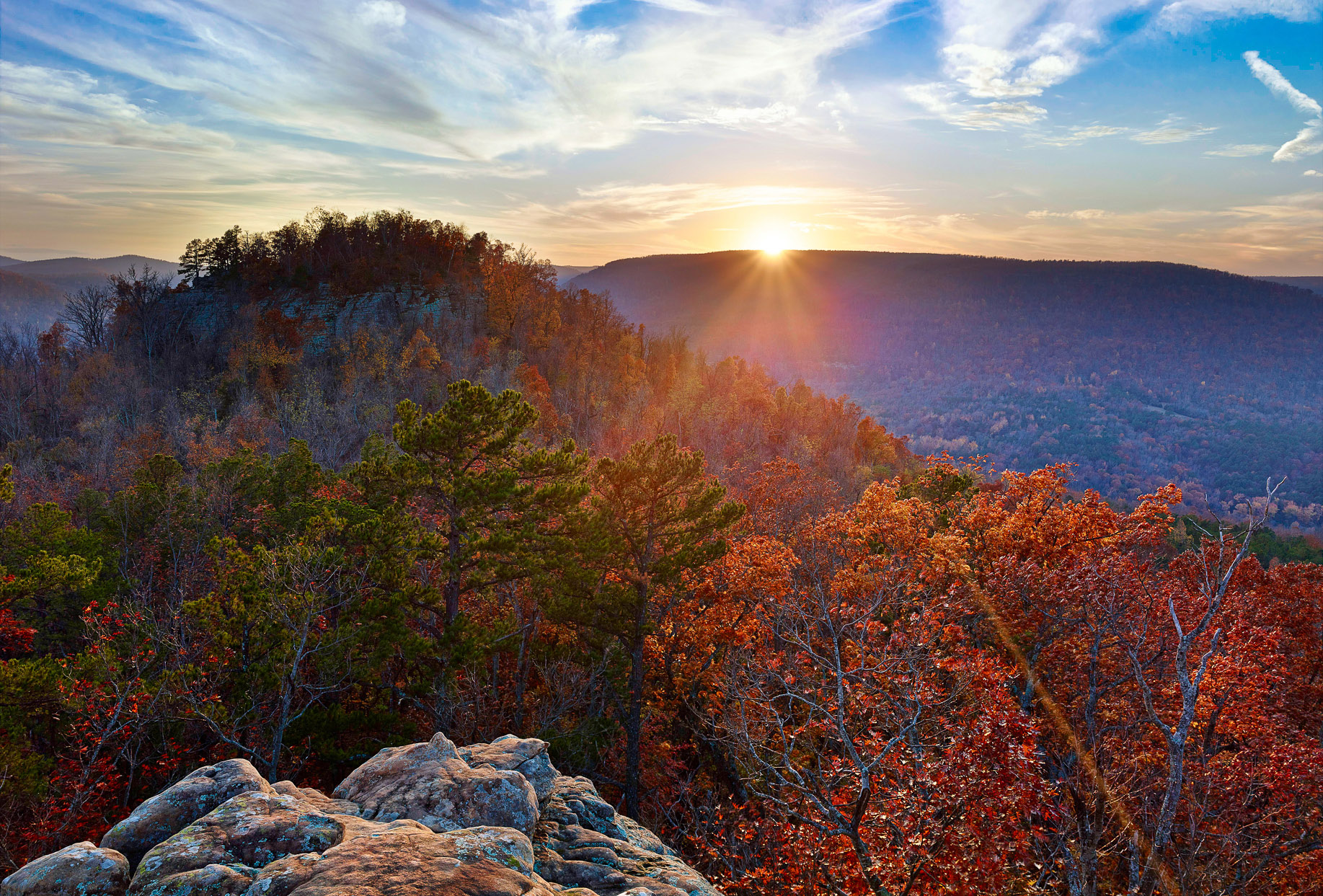
This Texan always feels the flat lands of OK/TX calling me home. A turn southwest out of the Ozarks leads you across that territory I first mentioned called “Indian Territory” My grandfather was born there before it became the state of OK.
But we’re not through with rivers yet. We will cross the Arkansas, a major tributary of the Mississippi River flowing east/southeast across Arkansas and Oklahoma. At 1,469 miles (2,364 km), it is the sixth-longest river in the US & the second-longest tributary in the Mississippi-Missouri system…and the 45th longest river in the world.
I know the last river I’ll cross is the one mentioned in the songs of “Western Swing” and “Cowboy Songs” my daddy sang.
Waylon Jennings sings about that place in his lyrics:
But when you cross that ol’ Red River hoss, That just don’t mean a thing
Once you’re down in Texas, Bob Wills is still the King
Crossing the Red River joining OK/TX makes my heart beat a little faster, my feet feel more solid, and draws my gaze to the sparse vegetation. We’ll quickly begin to see a line of 200-300 ft wind turbines utilizing all the wind-swept vastness of these plains.
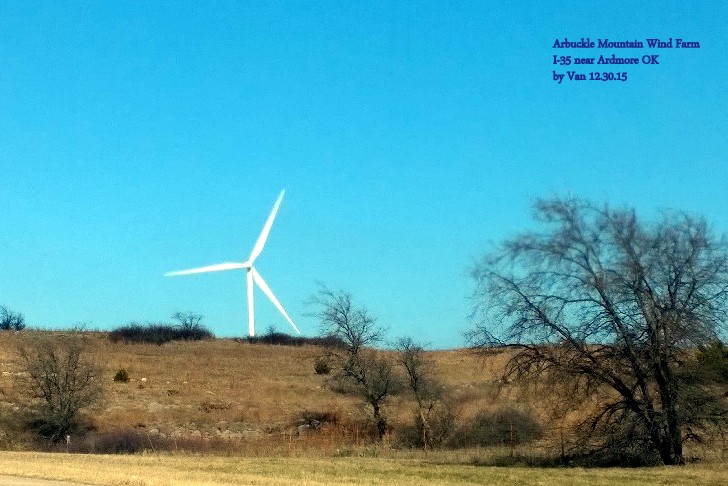
Magical Musical Historical Tour
As a seeker of history, I must remain open to other’s stories and other’s experiences. That is the only way we humans can mend our differences and understand what happens around us.
The musical portion is not a side “note” for me but an integral part of my being. I listen to music not only for the beat or rhythm but for the depth of someone’s soul displayed in the sounds of words or relationship of the notes & chords that come forth.
![CwxbghaWgAAvExO[1]](https://vthessdotcom.files.wordpress.com/2019/03/cwxbghawgaavexo1.jpg)
Note: please read my comment policy under “My Rules”
Picture Me There
Please scroll down my blog to view new photos/images on the right sidebar.
You may be, like me, on a journey – you’ll understand how those old roads may prepare you for your new journeys. Start now!
Has a window or door recently closed or opened in your life? Take it as a new opportunity.
I consider myself “bilingual” because I speak MUSIC, too. Almost any kind of music speaks to my heart, and I feel it in my soul.
If you want a few minutes of solace, scroll down my blog and enjoy the images/photos.
Leave me a comment if you like them!

![th[5]](https://vthessdotcom.files.wordpress.com/2014/08/th5.jpg)
![th[7]](https://vthessdotcom.files.wordpress.com/2014/08/th7.jpg)


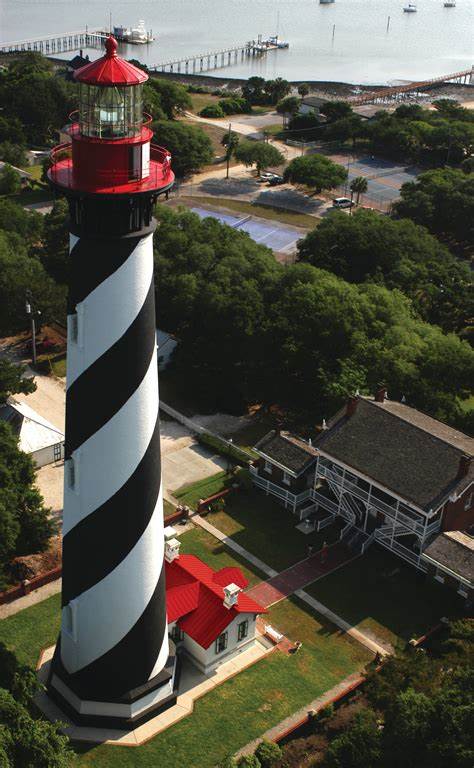






![back door 5[1] back door 5[1]](https://vthessdotcom.files.wordpress.com/2014/08/back-door-51.jpg?w=73&resize=73%2C147#038;h=147)




![th[6] (2) th[6] (2)](https://vthessdotcom.files.wordpress.com/2014/08/th6-2.jpg?w=259&resize=259%2C384#038;h=384)




![Bq0UoQkCUAATzEw[1] Bq0UoQkCUAATzEw[1]](https://vthessdotcom.files.wordpress.com/2014/08/bq0uoqkcuaatzew1.jpg?w=145&resize=145%2C130#038;h=130)




![th[7] (2) th[7] (2)](https://vthessdotcom.files.wordpress.com/2014/11/th7-2.jpg?w=322&resize=322%2C216#038;h=216)
![cfiles38136[1] cfiles38136[1]](https://vthessdotcom.files.wordpress.com/2014/08/cfiles381361.jpg?w=149&resize=149%2C111#038;h=111)
![Fall-Road-Trip2[1] Fall-Road-Trip2[1]](https://vthessdotcom.files.wordpress.com/2014/11/fall-road-trip21.jpg?w=149&resize=149%2C101#038;h=101)


![East-Texas-Farm-To-Market-Roads[1] East-Texas-Farm-To-Market-Roads[1]](https://vthessdotcom.files.wordpress.com/2014/08/east-texas-farm-to-market-roads1.jpg?w=248&resize=248%2C186#038;h=186)
![BpU44jbIAAAqcoC[1] BpU44jbIAAAqcoC[1]](https://vthessdotcom.files.wordpress.com/2014/08/bpu44jbiaaaqcoc1.jpg?w=223&resize=223%2C186#038;h=186)






What Readers Are Saying